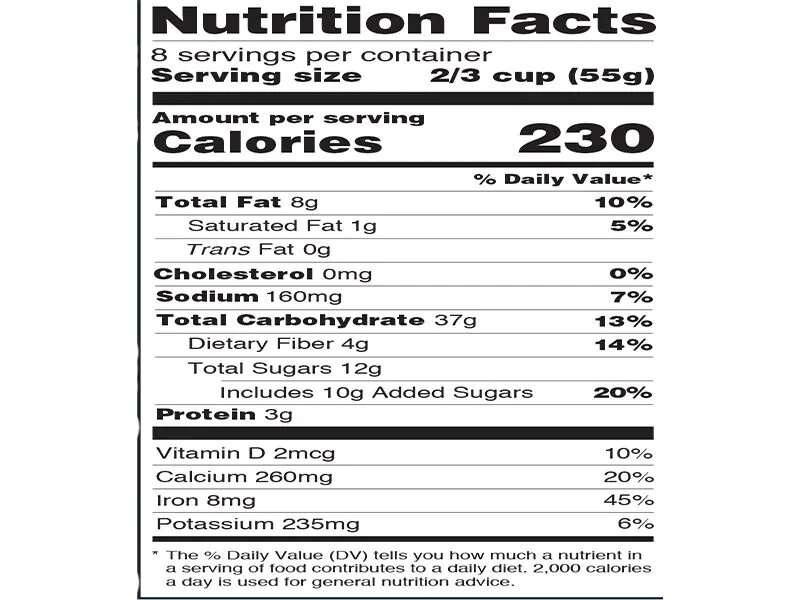How to understand new food labels

(HealthDay)—Understanding the updated Nutrition Facts Label can help you get the most from it, according to the Academy of Nutrition and Dietetics.
The U.S. Food and Drug Administration announced the update in 2016. The new labels must appear on all food items by Jan. 1, 2021. Many companies already use the updated label, which is based on the latest information about links between nutrition and chronic diseases such as obesity and heart disease.
"Nutrition Facts Labels help you find out which foods are good sources of particular nutrients such as vitamin D or dietary fiber," said registered dietitian nutritionist Lauri Wright, an academy spokeswoman.
"Nutrition Facts Labels can help you compare similar foods so you can select those lower in salt, saturated fat, trans fat and added sugars," she said in an academy news release.
Here, Wright offers advice on using the updated label.
Serving sizes have been updated to reflect what people now typically consume at one time, and the servings per container show the total number in the entire package. When comparing foods or drinks, check the calories, nutrients and serving size to make an accurate comparison.
"Consider the amount you typically eat or drink and compare it to the serving size listed on the label," Wright said. "If what you typically eat is larger than the listed serving size, you will consume more calories, fat and other nutrients listed on the label."
The Percent Daily Values help you gauge how a food fits into your daily eating plan, not just one meal or snack. It shows how much of a nutrient is contained in one serving and in relation to a general guide of 2,000 calories per day.
"Caloric needs vary depending on a person's sex, age, height, weight and physical activity levels," Wright said. "Consider consulting a registered dietitian nutritionist to help you determine the number of calories your body needs."
She recommends foods in which Percent Daily Values are 5% or lower in saturated fat, sodium and added sugars and 20% or higher in vitamins, minerals and dietary fiber.
More information: The U.S. National Library of Medicine has more on food labeling.
Copyright © 2020 HealthDay. All rights reserved.

















